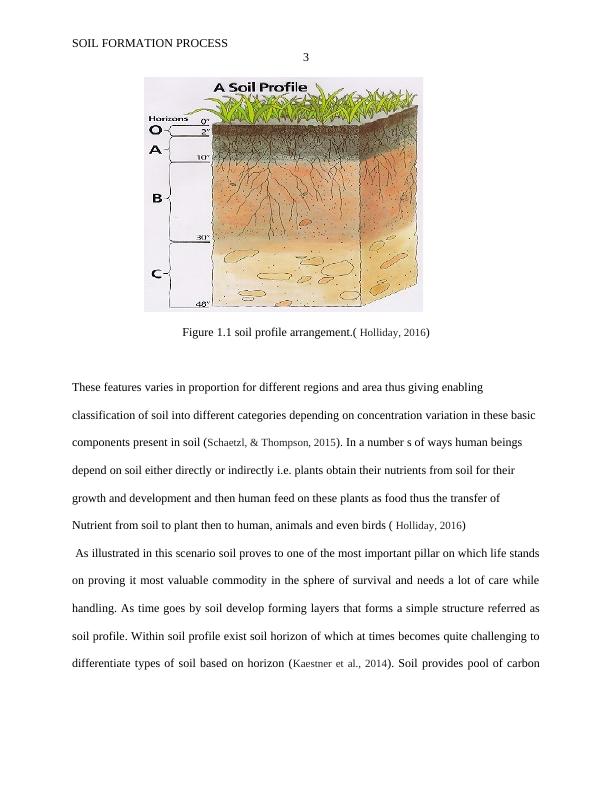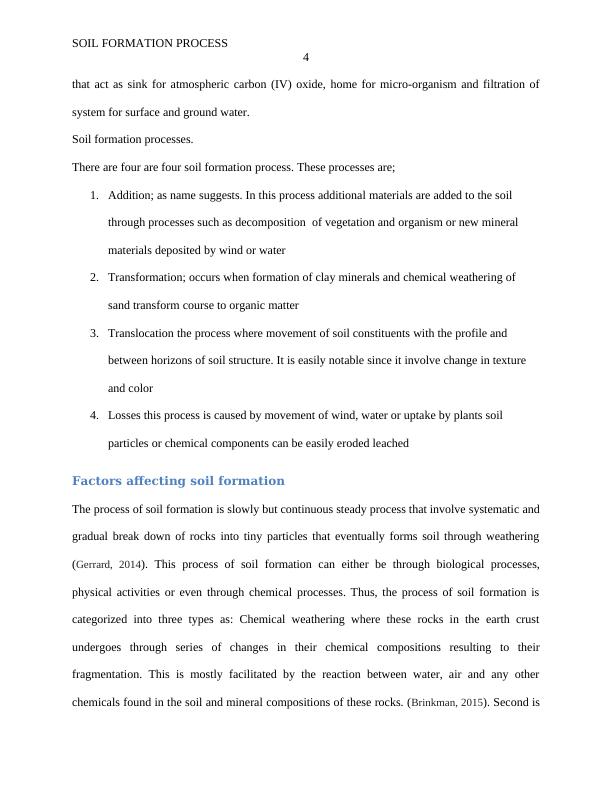Soil Formation Process Assignment 2022
This is an outline for a directed study report on the process of soil formation, including the definition of soil, factors affecting soil formation, types of soil, climate and weathering, physical, chemical, and biological weathering processes, factors affecting soil formation, and the role of living organisms in soil formation.
Added on 2022-10-17
Soil Formation Process Assignment 2022
This is an outline for a directed study report on the process of soil formation, including the definition of soil, factors affecting soil formation, types of soil, climate and weathering, physical, chemical, and biological weathering processes, factors affecting soil formation, and the role of living organisms in soil formation.
Added on 2022-10-17
End of preview
Want to access all the pages? Upload your documents or become a member.




